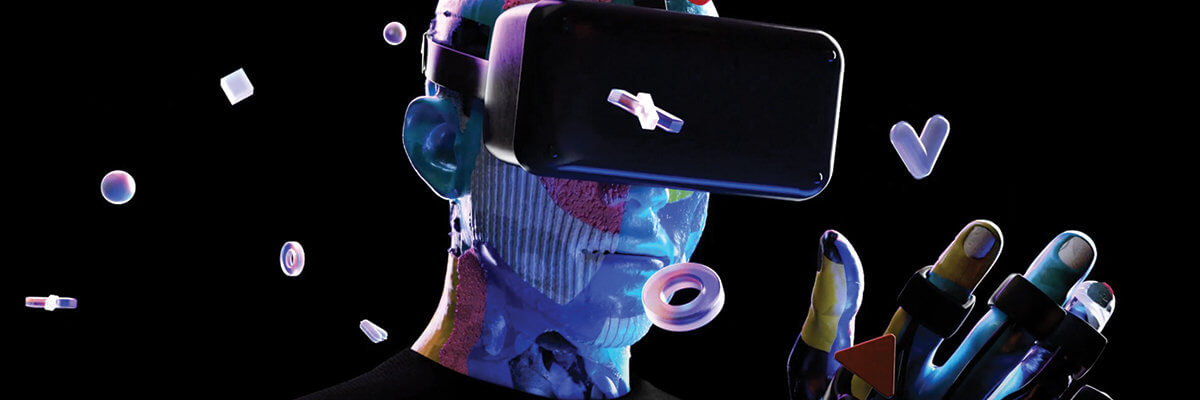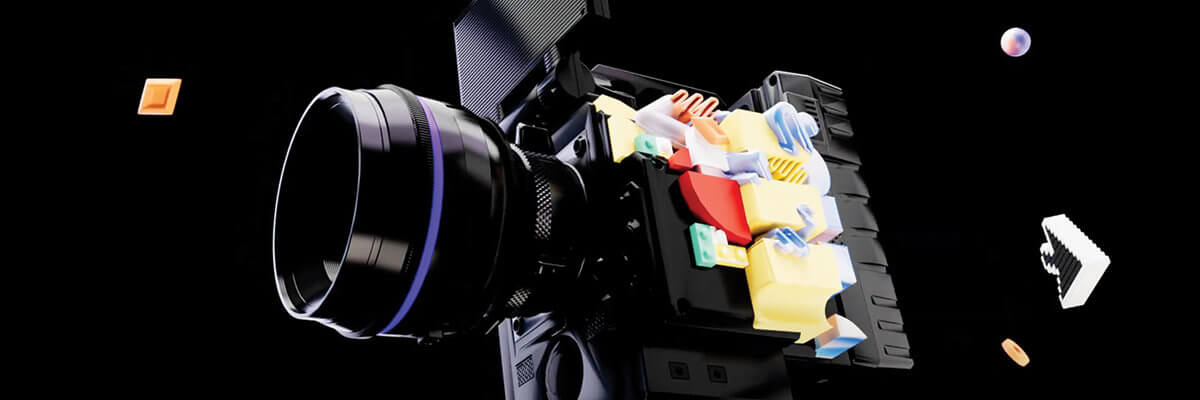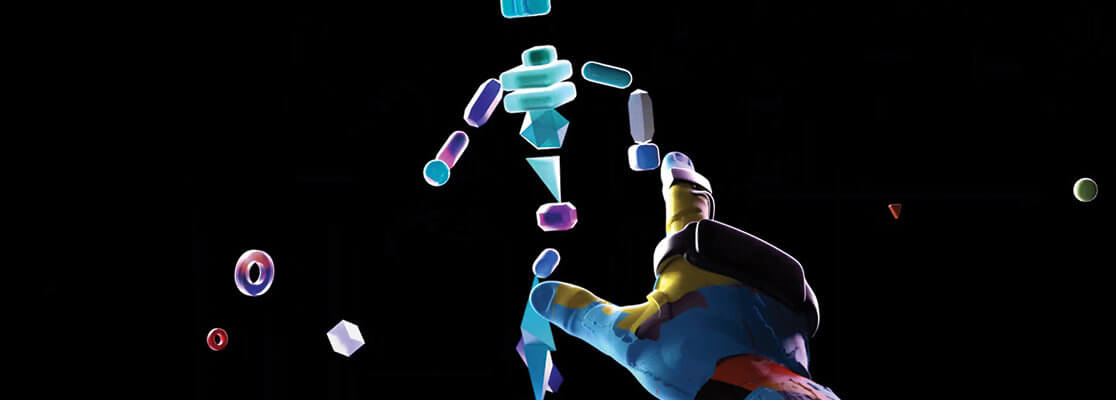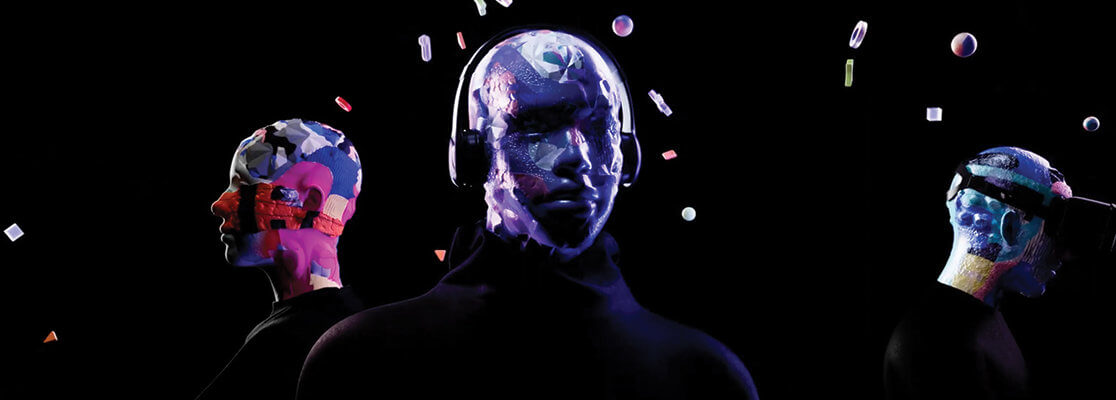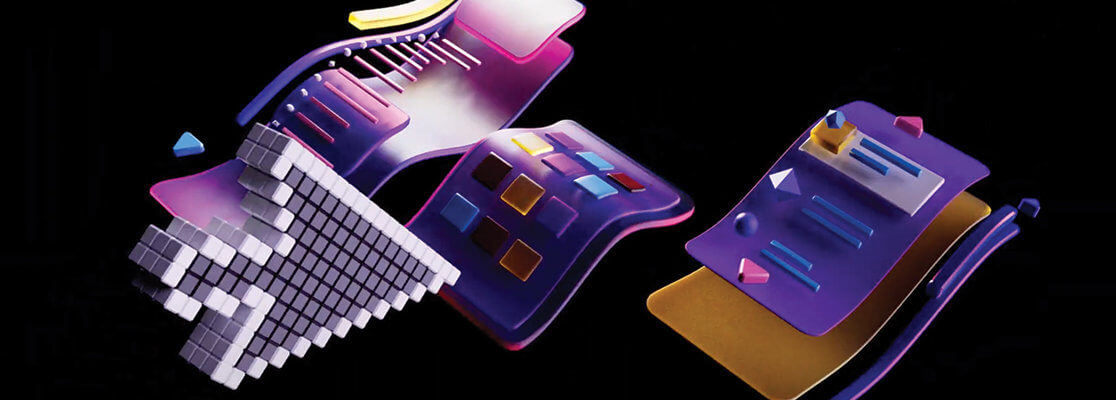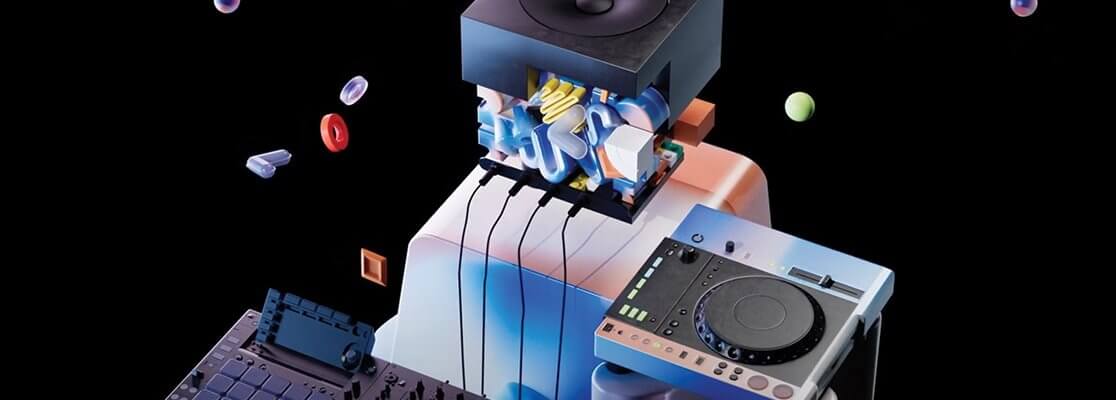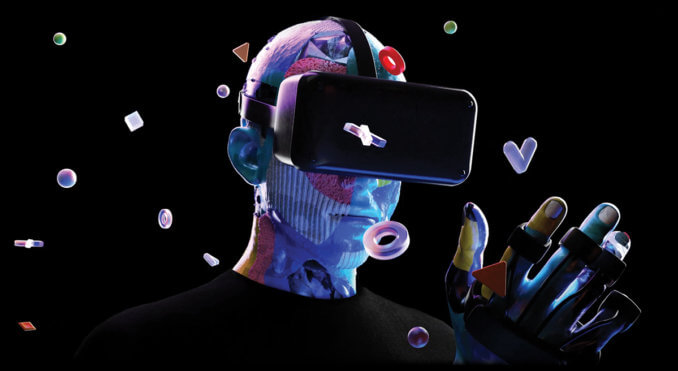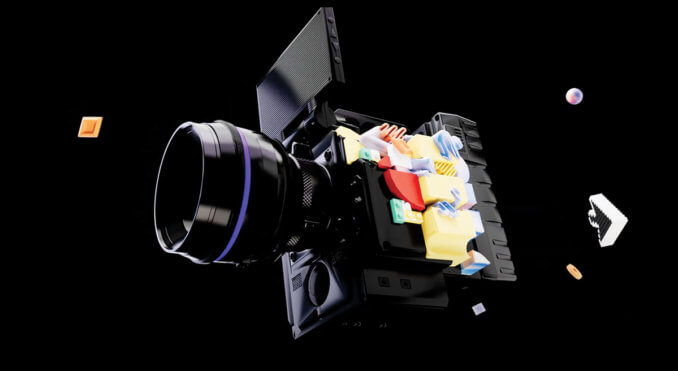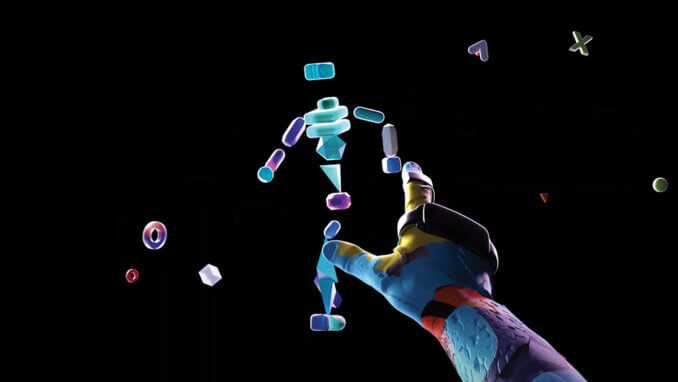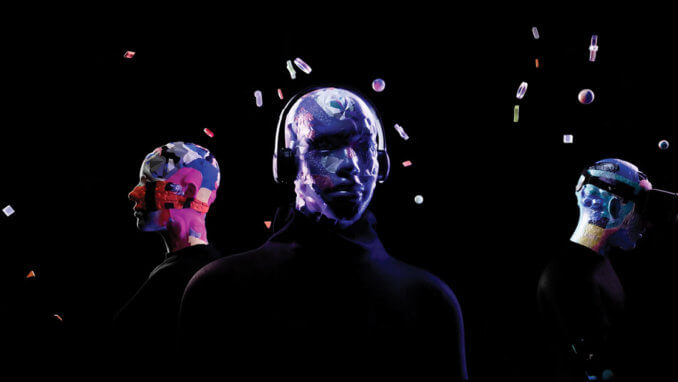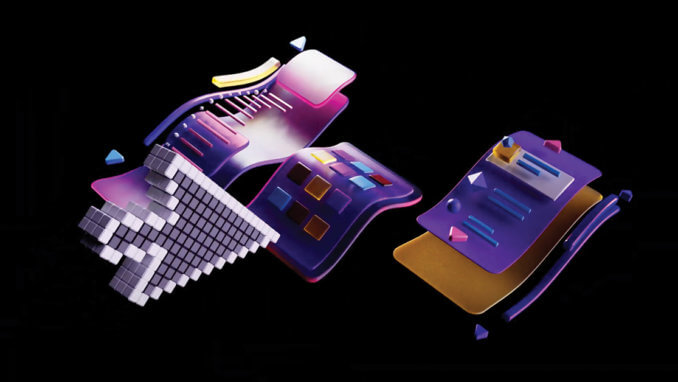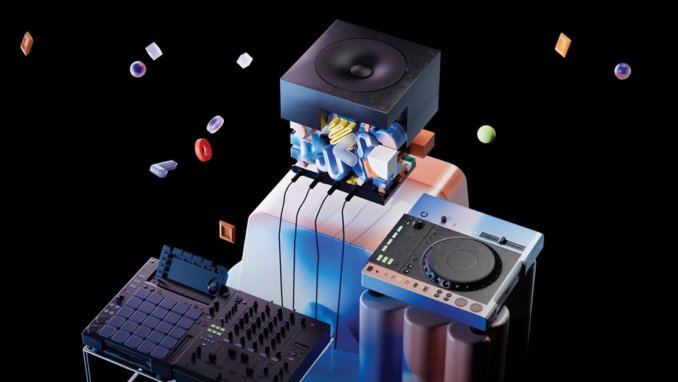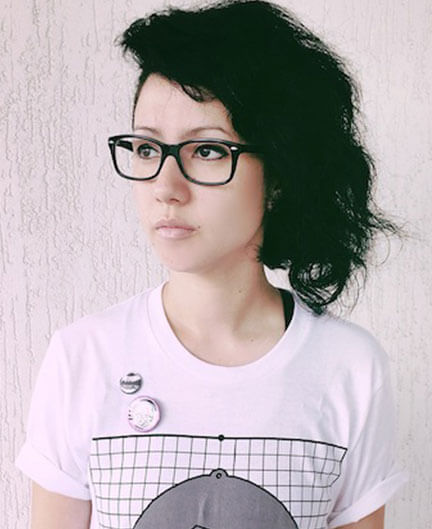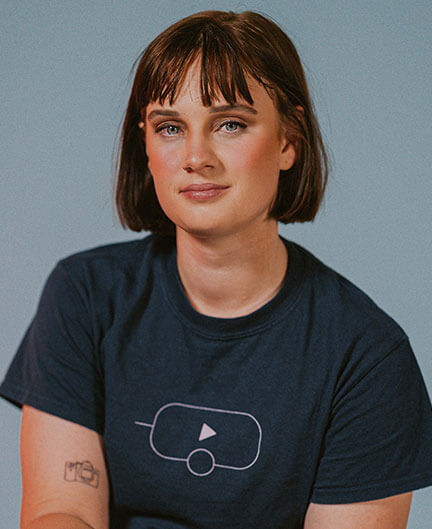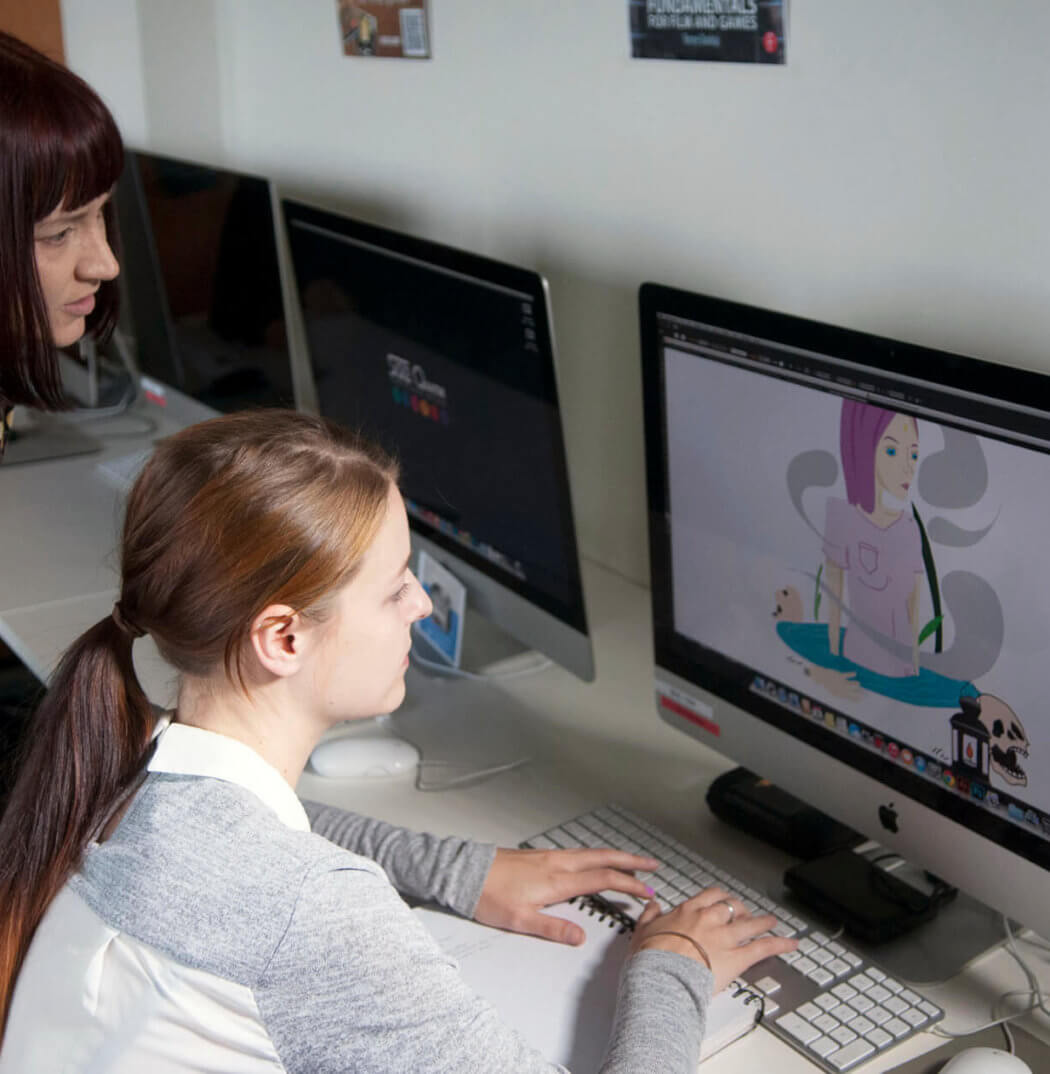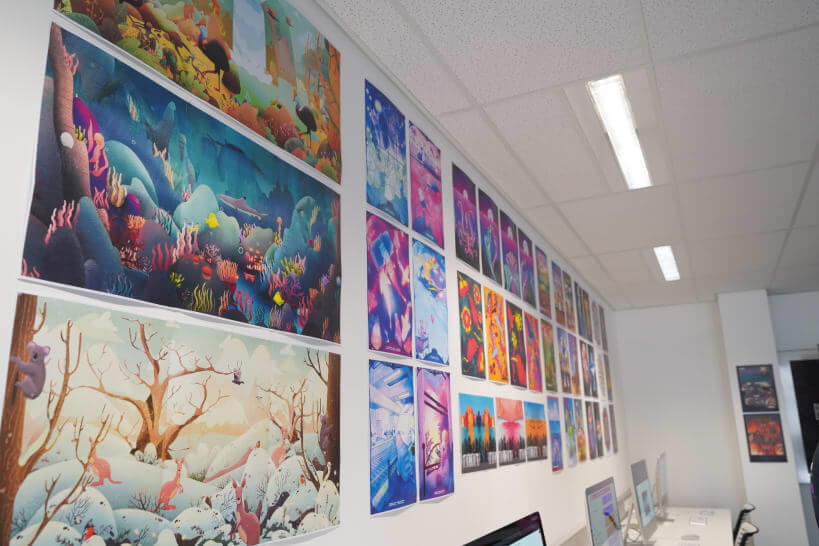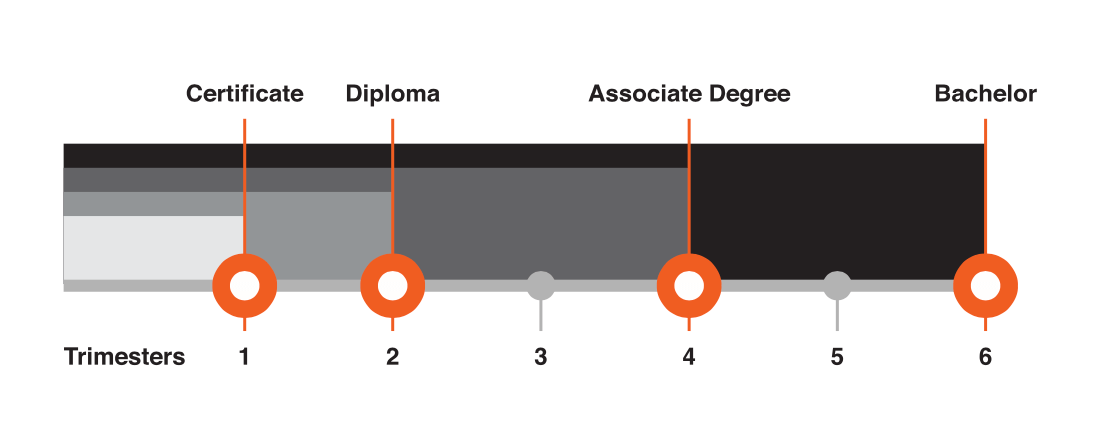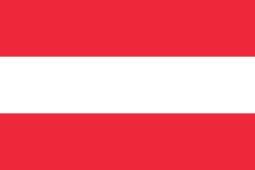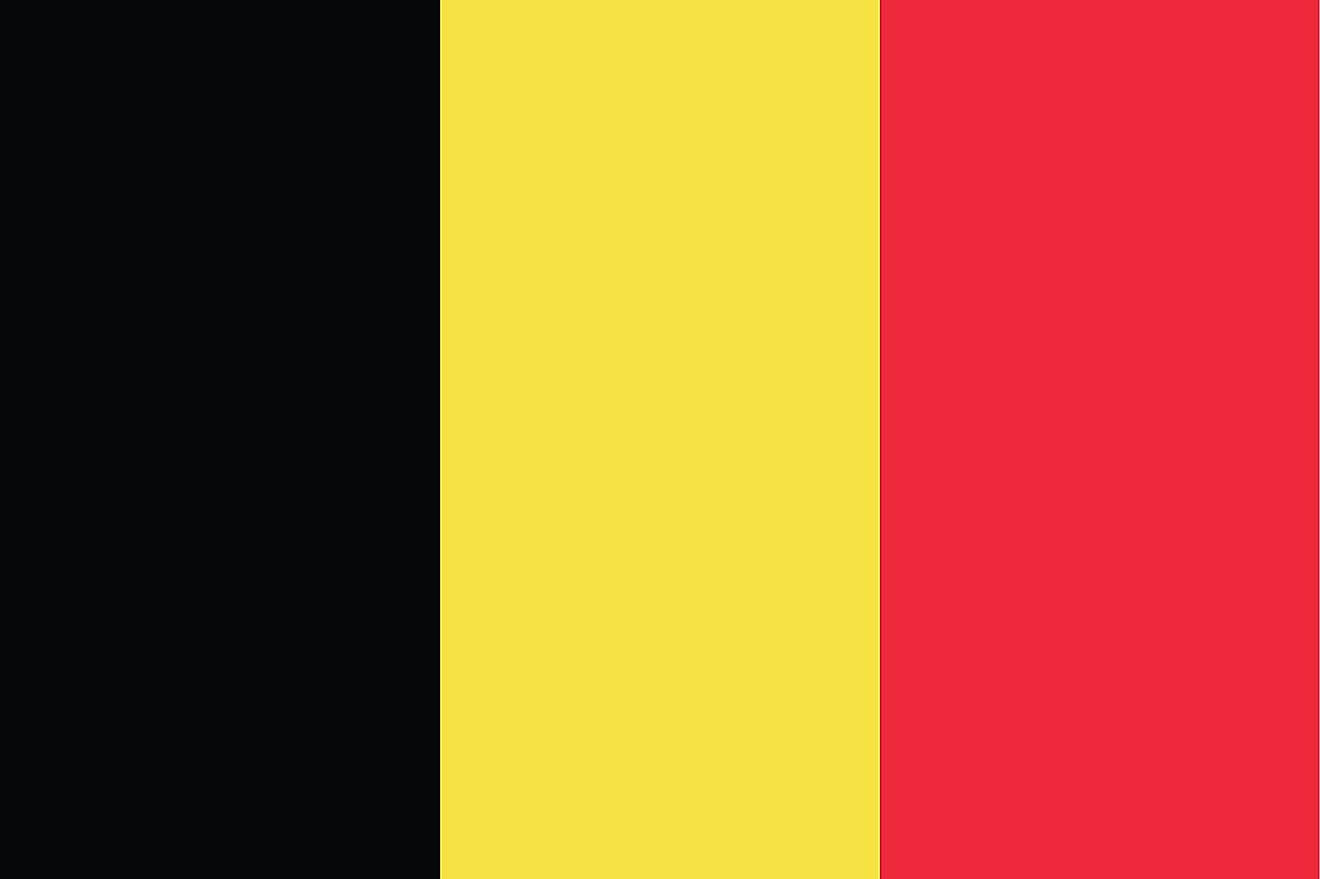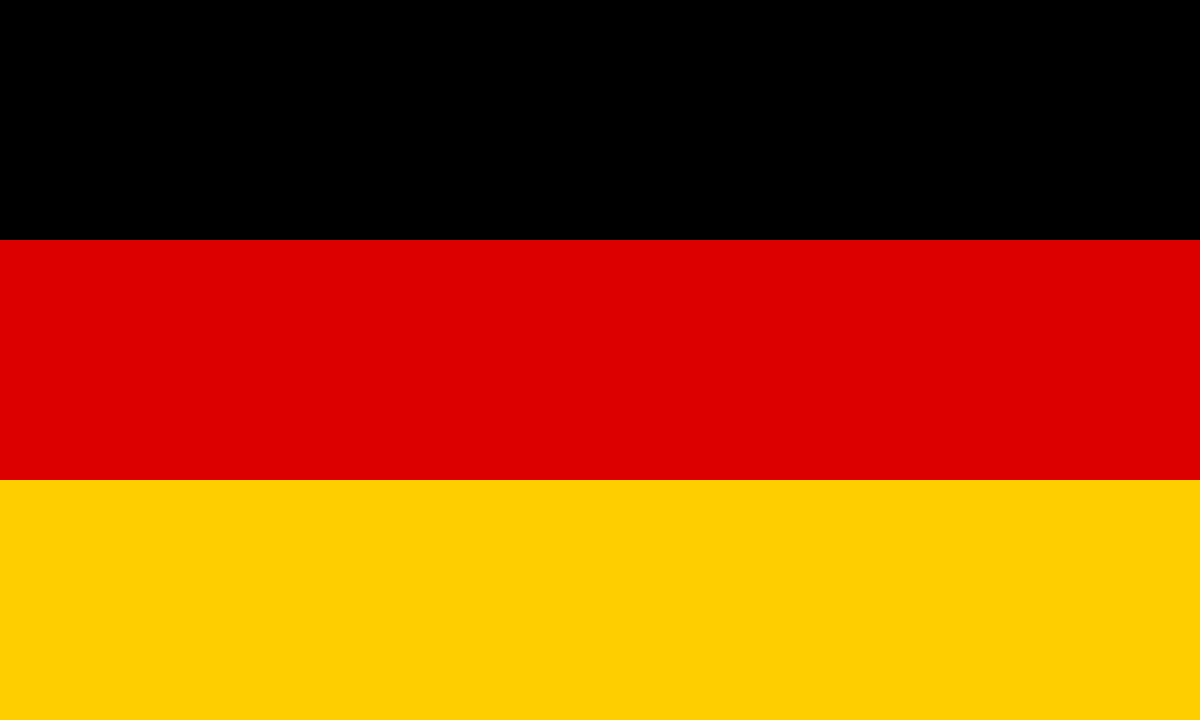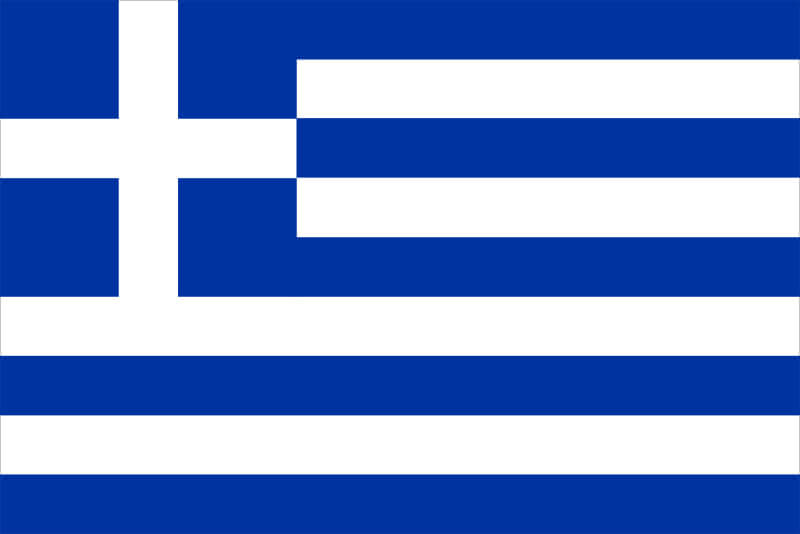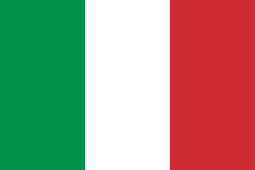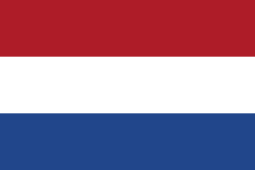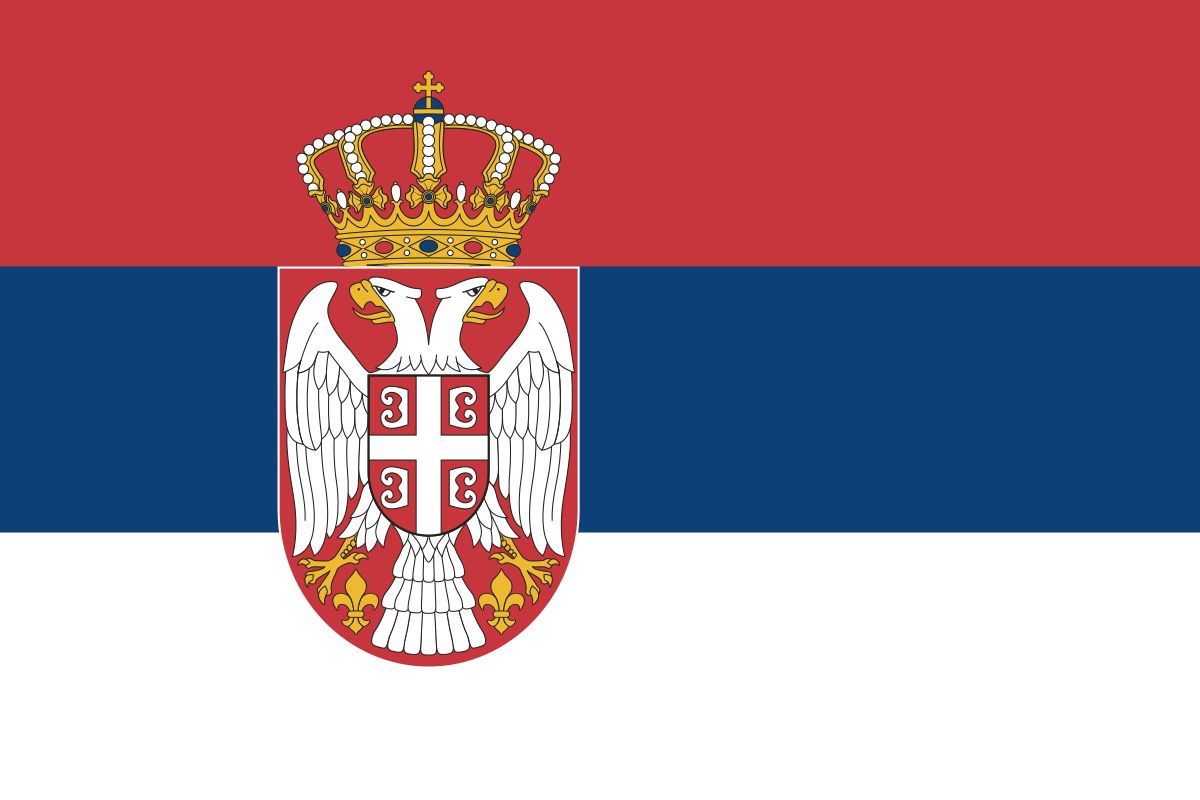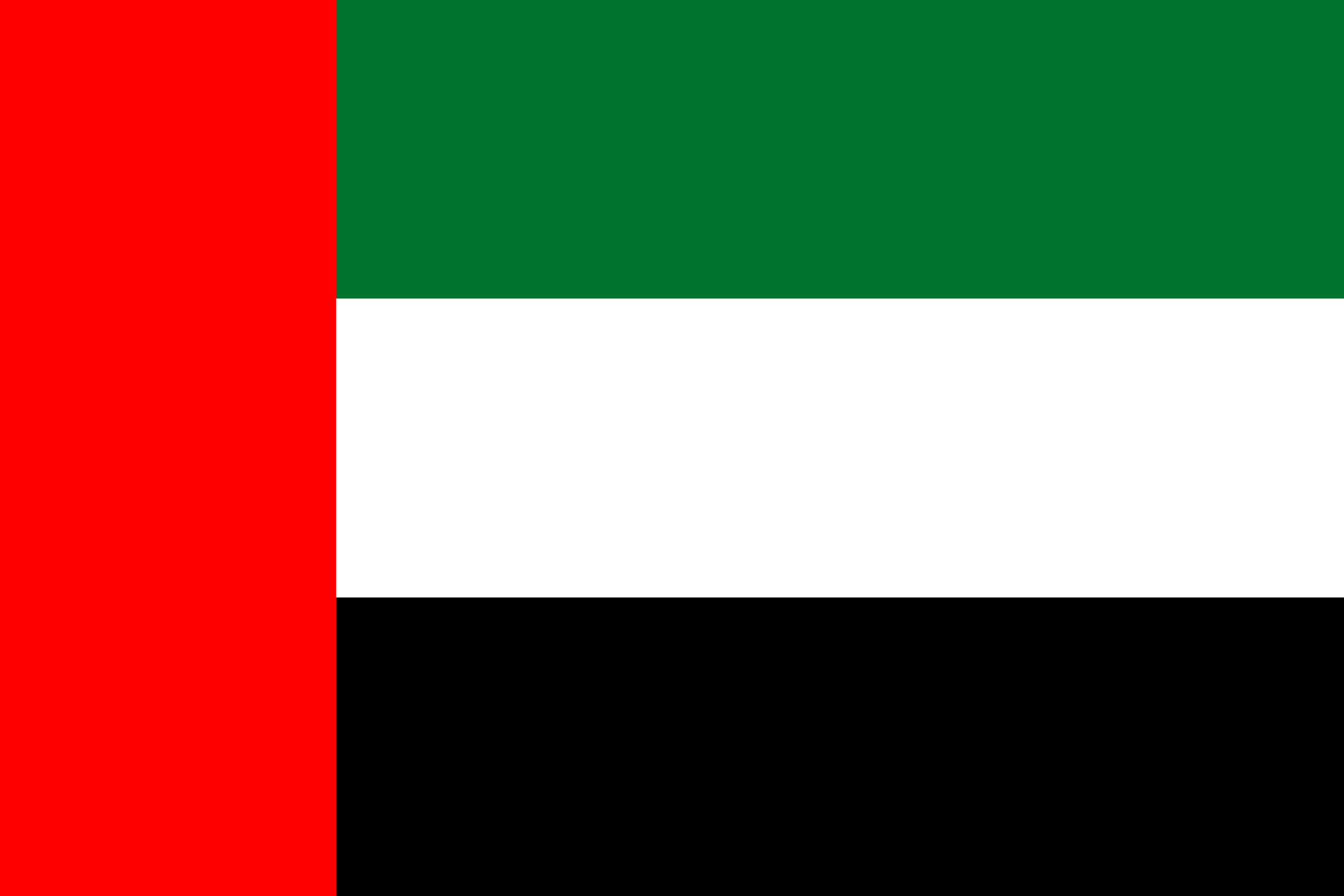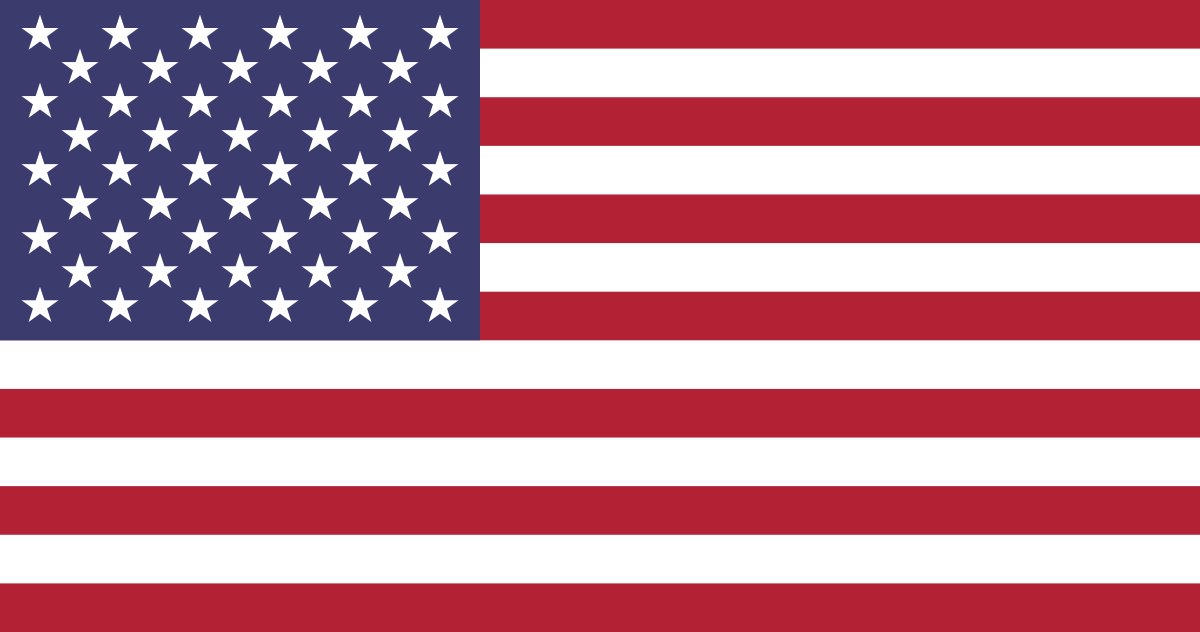Associate Degree of Design & Visual Communication
THE PATH TO YOUR DREAM JOB IS LAID OUT RIGHT HERE.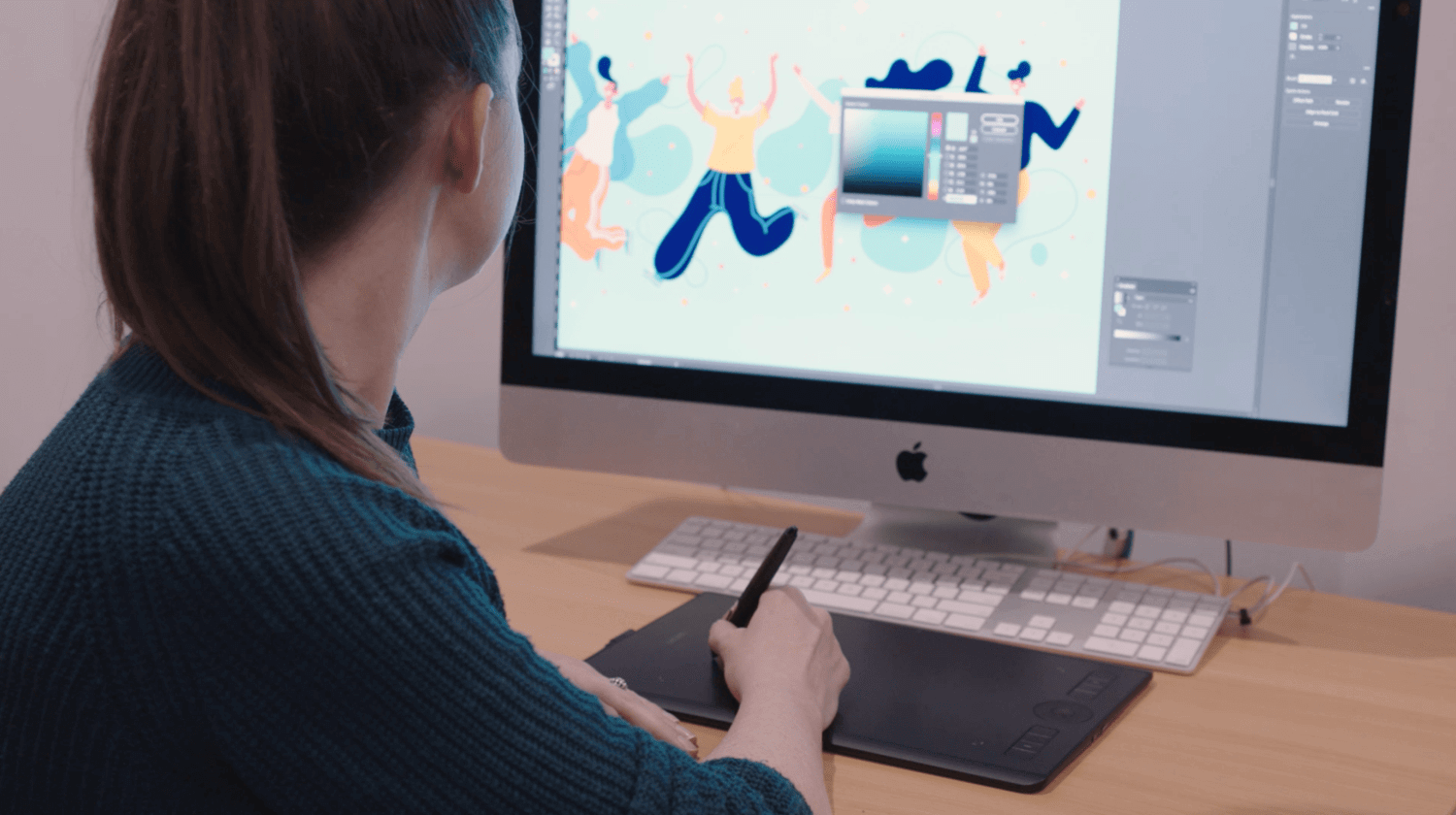
Units x Costs ($AUD)
4 x $3,807
10 x $2,728
1 x $5,456
Indicative Total Course Fee*
$47,964 AUD
Plus Student Services and Amenities Fee (SSAF)
* The Indicative Total Course Fee & Indicative Annual Course Fees reflects that students are charged fees on a per unit basis and the fee for a unit may increase.
For more information view the SAE Fee Schedule or visit the Fee & Payment page.
Complete your course faster by studying units over 15 months. (4 trimesters)
Complete your course faster by studying units over 15 months. (4 trimesters)
Whilst still classified as a full-time study load, you will complete the units over two years. (6 trimesters)
If you want to take a little longer, that’s ok too. We’ll help you work out the best study load to suit your needs.
Note: Part-time is not available for international students.
May 2024
September 2024
February 2025
ASSOCIATE OF DESIGN & VISUAL COMMUNICATION
Our course is about much more than visual aesthetics, providing you with a detailed understanding and hands-on experience of the role of design in the contemporary world. You’ll explore branding and identity design, online and print design, digital image-making and user-centred design. You’ll create targeted designs with a particular audience in mind, and develop the skills to come up with creative solutions to complex problems in almost any context.
At SAE, you will engage in virtual collaborative learning and also one-on-one mentoring opportunities you may not find in a larger university. You’ll apply theoretical knowledge through studio best-practices and access the latest software like the Adobe Creative Suite as well as have the option to access on-campus facilities.
Your growth and development will be assessed holistically based on your engagement with and completion of real-world projects and you’ll learn to apply a strategic, entrepreneurial eye to your clients’ needs. You will build up a diverse portfolio of work to share with potential employers and clients.
Ultimately, the Associate Degree of Design and Visual Communication will allow you to flourish in a rapidly changing world, giving you the skills to apply design-led solutions to a wide range of communication challenges. With a design qualification from SAE, you can work in large corporations or small agencies, as a freelancer, or as part of an entrepreneurial project team in any industry. You’ll also be equipped with employability skills, giving you professional strategies in communication and self-promotion, and the confidence to claim your place in the workforce.
With an Associate Degree of Design and Visual Communication, you’ll be ready for cutting-edge industry roles using modern creative business concepts and strategies. Career options include UI Designer, Content Creator, Creative Director, and Branding or Identity Designer in any industry.
Enjoy the benefits of being SAE trained – our design students have achieved great success in the creative industries. SAE graduates are known within the industry for their high-level skills and are in high demand.
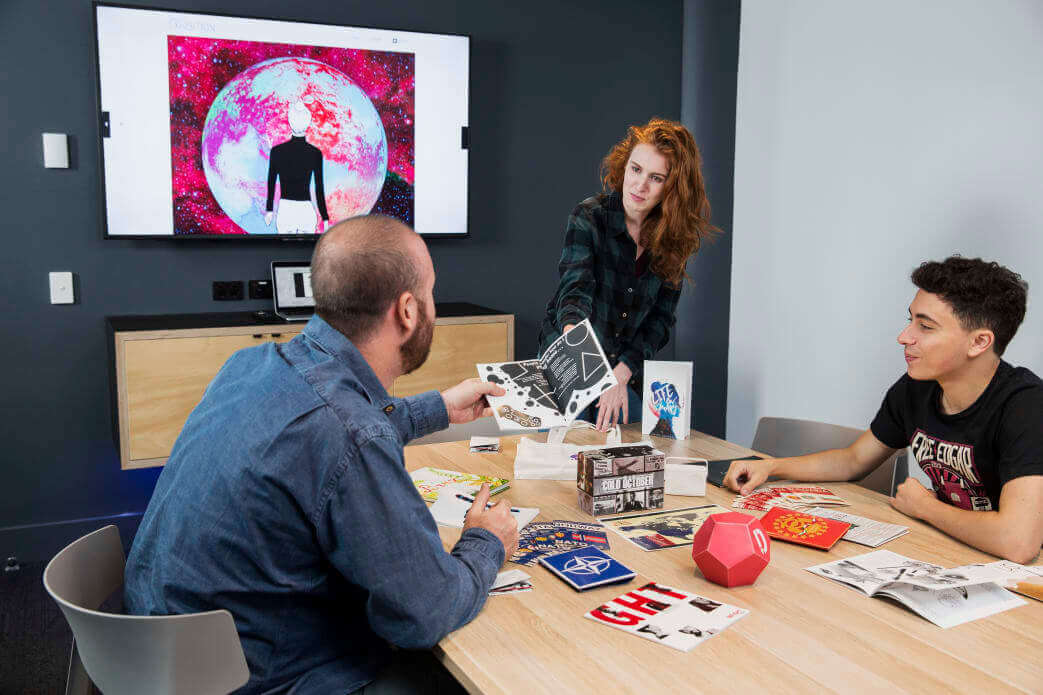
Career Outcomes
What jobs will this course lead me into?
- Graphic Designer
- Content Manager
- Print and Digital Designer
- Social Media Designer
- UX Designer
- UI Designer
What our students say about SAE
Why study an Associate Degree of Design & Visual Communication at SAE?

YOUR CAREER IN DESIGN BEGINS NOW
Tools & Software
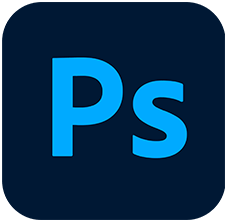
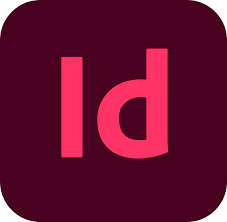
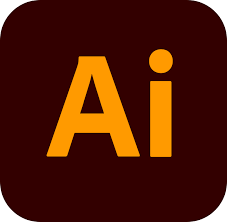
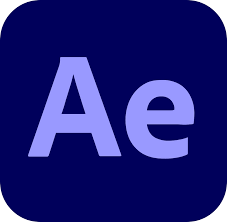
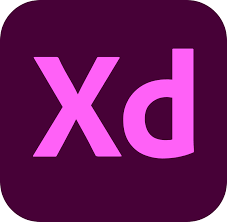
Design & Visual Communication Skills
Course Structure
The Associate Degree of Design & Visual Communication has two stages that provide foundational learning and applied skill.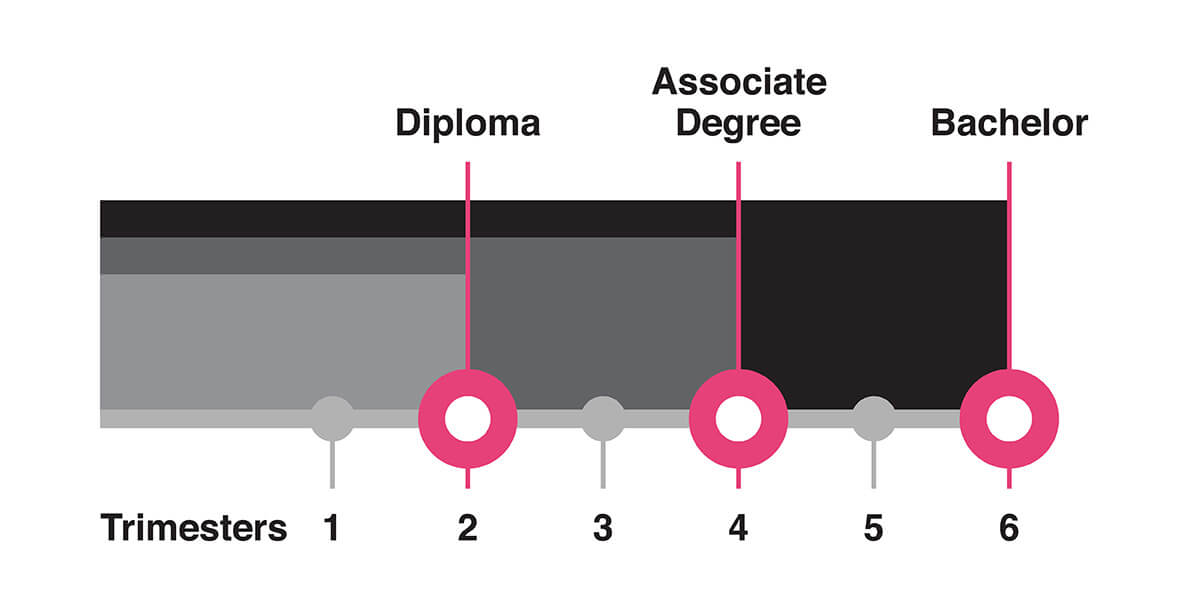
In this unit, you will learn about the ideas and concepts of design. You will discover the art of presenting and defending a point of view in a convincing and effective way by referring to valid and trustworthy sources of information. Thinking about and referencing the work of others helps you to develop critical thinking skills. By using tools on the internet and working with others you will expand what you alone can achieve. In your projects, you will delve into the history and language of the design industry in order to develop an understanding of your place and purpose within it.
In this unit you will learn about the principles of design through creating vector graphics in the form of motifs, pictorial marks and logos using Adobe Illustrator and other tools. Project briefs and activities in this unit introduce the principles of design; these are visual rules that can be applied in the creation of any image to enhance their impact, attractiveness and ability to communicate. The principles of design are useful and essential to your ongoing design practice
In this unit you will learn about illustration and the creative and technical production of digital images using photoshop and other tools. Working by hand and digitally you will explore a range of drawing techniques and tools including processes of iteration and refinement. You will investigate visual storytelling through the development of a series of images. Storytelling through your creative practice is essential to your ongoing design practice.
In this unit you will learn about designing page layouts for print through the combination of images and type. Your work will include the design of posters, brochures and flyers. You will investigate historical design styles; analysing, adapting and applying these styles in your work. You will explore the typographic art of arranging letters and words to make copy easy to read, visually appealing, and stylistically appropriate. Knowing how to use typography and layout effectively is essential to your ongoing design practice.
This unit will introduce you to the mindset and skillset of the creative entrepreneur, and transform your approach to problem-solving. You will analyse historical and contemporary models of leadership and best practice in entrepreneurship, and use tools for project design that include ideation, problem framing, and pitching. The skills in this unit will assist you in developing your creative thinking, exploration, and experimentation methods, allowing you to experiment with project design and content for creative media.
In this module you will learn to understand the user or target audience as part of your design process, through an exploration of UX (user experience) and UI (user interface) design. By applying the tools of UX design such as personas and user journeys and those of UI design such as prototyping, iterating and testing you will explore the creation of websites or apps that provide an ideal user experience.
This unit will simulate being in a real-world studio. Your designs will respond to larger project briefs with multiple deliverables, and you will engage in teamwork. This means time management, communication and scheduling will be crucial. You will learn to consider projects strategically in terms of your client’s brand or identity, and how these can be communicated visually and through associated text and structures. You are encouraged to explore and seek out new contemporary methods and tools for design and communication.
In this studio setting your facilitator will act as your project manager, producer, mentor and colleague.
This unit will be holistically assessed based on the criteria outlined in the unit guide. Teamwork, collaborative skills, and engagement with specific feedback processes are emphasised in this unit, as you further refine and reflect on a set of Transferable Skills.
In CIM210 you will be working on interdisciplinary projects that relate to some of the most important concepts in contemporary media production. You will learn practical and analytical skills in order to help you develop your creative powers and meet briefs that take you out of your comfort zone. You will need to bring all of the skills you have learned so far: technical skills, research skills, communication skills and a growth mindset, and be prepared to encounter new concepts and new ways of working.
Designers use typography on screen and in print, for packaging and signage, in all kinds of communication, advertising and branding. In fact typography is an essential element of contemporary design practice. Using typographic knowledge, skills and principles professionally is one key to success.
This unit focuses on type used in multi-page layouts, in title design and in packaging. You will explore design principles like hierarchy and contrast, compositional techniques and style, as well as the use of elements such as colour, shape and size. You’ll also be introduced to some historical and social ideas.
You will learn how to use professional terminology that will allow you to explain your design choices and the production of design solutions for your audiences and clients.
Projects in this unit include, the design of a magazine and online blog, packaging and branding design. In these projects you will look at both print and digital media.
In this unit, you will focus on branding and campaign strategy, working across various mediums to create impactful and engaging design solutions.
Working with the needs of other disciplines such as film, audio, music, games and animation you will work on projects about designing film props, title sequences, 2d animations and sonic branding.
Using social media and digital content effectively is crucial for creative media professionals. In this unit you will develop an understanding of what constitutes social media, the activities that it consists of and how creators and audiences connect, collaborate, create, and share content. You will link this understanding with concepts of digital marketing, formulating strategies for social campaigns with a range of content across platforms. These skills will assist you to determine how social media can be utilised in your professional practice
This unit focuses on the Design Thinking process. Taking you through a series of steps from problem framing through to prototyping and pitching, you will produce and test design solutions that address rich and interesting social themes.
Projects in this unit include experimentation with images and platforms for science communication. You will look at a new breed of young, diverse science communicators and imagine how as designers we can enhance this kind of work visually and conceptually. You will grapple with truth and representation, audience and ethics in the communication of scientific issues that range from amazing new discoveries in our oceans, through to the history of evolution and climate change.
Another project in this unit applies the design thinking process to the concept, visual assets and pitch for a serious game. Your game will address a topic such as physical and mental health, education or conservation in an attempt to encourage behaviour change.
This unit builds on your work in DDX171, Fundamentals of Image Making. You will develop your visual literacy and learn more skills in image production, processing and manipulation.
These skills and the ability to talk about your design choices with clients will enhance the impact of your design work. You will experiment with both pixel and vector based images in Adobe Photoshop and Adobe Illustrator, looking at technical aspects of image production as well as the importance of driving concepts.
Projects in this unit will cover basic photography composition as well as image creation, manipulation and processing in the production of a range of works.
Media and culture are not simply entertainment, but something that affects the “real world”, our everyday lives, and our worldviews. As such, we will not ask whether media accurately reflect the real world but instead ask how media shape, reinforce, and challenge power structures that influence our understanding of the world and ourselves. This unit takes a ‘critical theory’ approach to analyze media and culture. In this unit, you will explore media texts, contexts and meaning, society and subjectivity, pop culture aesthetics, and critical cultural discourses that inform creative media practices.
Drawing on a range of creative content and analytical frameworks, you will be encouraged to develop ways of thinking about media and culture that demonstrate a broad awareness of aesthetic principles and stylistic trends; subjectivity, agency, ethics, and relations of power; contexts, disciplines and discursive formations. In support of this exploration, you will produce a range of media artifacts that explore and contextualize the relationship of media to culture through individual analysis, collaborative and interdisciplinary creative practice, and critical reflection.

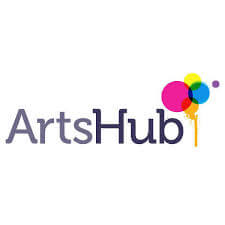

You can choose to study most of our courses in a part-time capacity. An SAE course advisor will be able to give you more information about the study options for your chosen course.
Note: Part-time is not available for international students.
Certificate
A certificate course serve as an introduction to an area of the creative industries. Potentially a small number of principles or specific skills can be covered during the course. A certificate can also provide broad contextual learning in the creative industries.
Certificates are a great way to gain an introduction to a field of study or learn a skill. Certificate courses can add to your knowledge and your career.
Diplomas
A diploma is niche skills focussed. By undertaking an SAE diploma in animation, audio, film or games, you will develop foundation skills in these specific discipline areas. Students can use the SAE diploma as a pathway to degree level study at SAE and at other Australian tertiary institutions.
Diplomas are a great option for people who haven’t studied before and/or those looking for an alternative pathway to degree level studies.
Associate Degrees
An associate degree offers a combination of niche skills combined with a greater depth and breadth of theoretical knowledge and analytical skills. An associate degree offers portable skills and develops sustainable, lifelong learning.
Students can use the SAE Associate Degree as a pathway to degree level study at SAE and at other Australian tertiary institutions. SAE associate degree courses attract Fee-Help for Australian students.
Bachelor Degrees
A bachelor degree offers a rigorous combination of niche skills combined with a greater depth and breadth of theoretical knowledge and analytical skills. This knowledge is applicable to both your creative media discipline and the professional world more broadly.
A bachelor degree offers you an entry point to professional work, builds portable skills, and develops sustainable, lifelong learning. Key high learning skills are a requisite of the bachelor degree and graduate study options are available upon completion.
Bachelor degrees are suitable for people looking to develop professional skills and knowledge and to build long-term, successful careers in their industry of choice. SAE bachelor degree courses attract Fee-Help for Australian students.
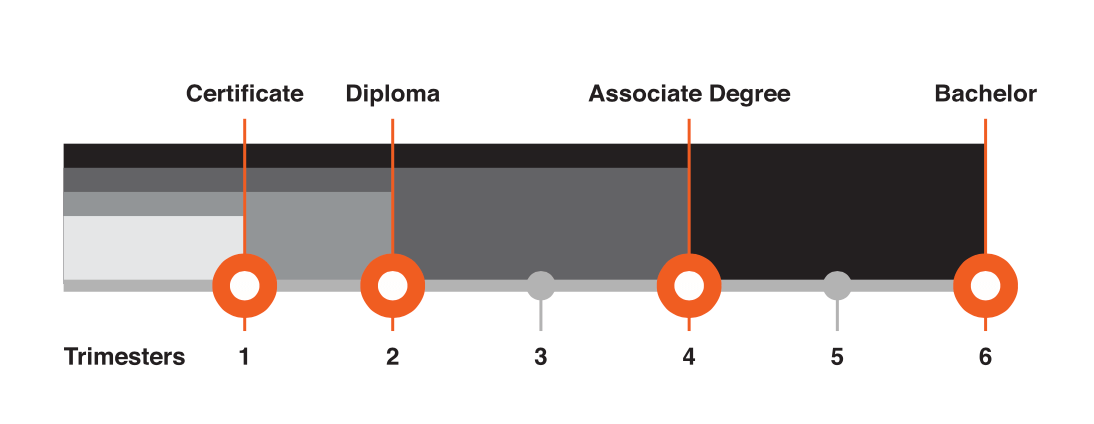
Easy transition into the Bachelor of Design & Visual Communication
This means that when you complete an SAE Associate Degree of Design & Visual Communication you will be awarded the maximum credit points available, providing you with the opportunity to seamlessly transition into the higher-level Bachelor degree qualification if you choose to do so.
CREDIT AND RECOGNITION OF PRIOR LEARNING
SAE may recognise your prior learning and may grant credit towards satisfying the requirements for a higher-level program. This is applied where previous learning is considered equivalent to the content and learning outcomes prescribed for units within the program.
For full details, please refer to SAE's policy on recognition of prior learning and credit transfers.


